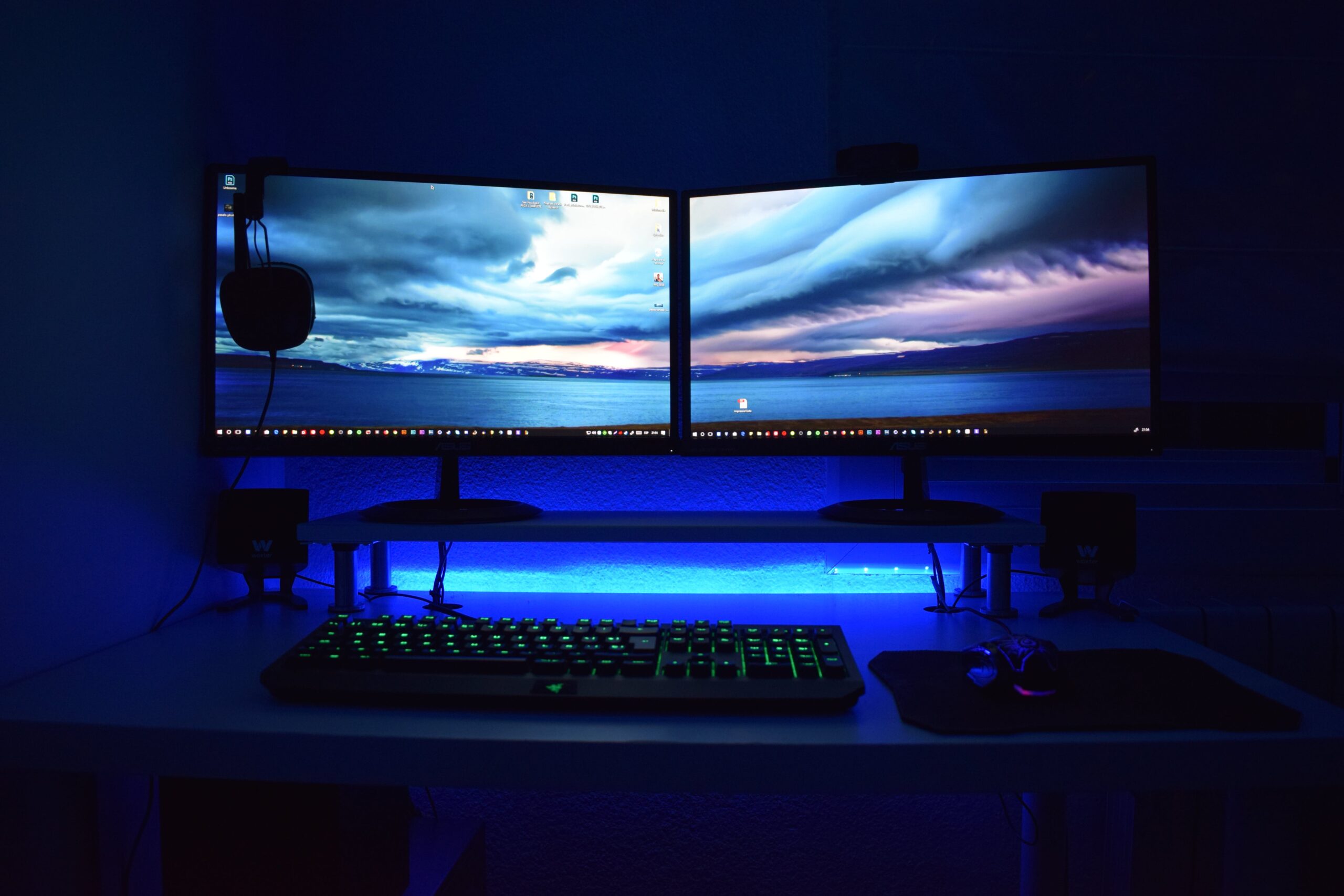Introduction:
In the realm of user interfaces, the dynamic duo of displays and keypads forms the cornerstone of our interactions with electronic devices. Whether it’s a smartphone, a calculator, or a smartwatch, the collaboration between displays and keypads plays a pivotal role in enhancing user experience and functionality. This article explores the functions, types, and evolution of displays and keypads, shedding light on their integral roles in our daily technological encounters.
- Displays: The Window to Digital Worlds:Displays, also known as screens or monitors, serve as the visual interface through which users interact with electronic devices. They come in various types, each designed for specific applications:a. Liquid Crystal Displays (LCD): Common in a range of devices, including calculators, watches, and budget-friendly smartphones.b. Light Emitting Diode (LED) Displays: Known for their energy efficiency and vibrant colors, frequently used in TVs, computer monitors, and high-end smartphones.c. Organic Light Emitting Diode (OLED) Displays: Offering deeper blacks and improved contrast ratios, often found in premium smartphones and TVs.
- Types of Displays:a. Touchscreens: Revolutionizing user interaction, touchscreens allow users to navigate and input commands directly by touching the display surface. Capacitive and resistive are the two primary types of touchscreens, each with its advantages and applications.b. E-ink Displays: Commonly used in e-readers, E-ink displays provide a paper-like reading experience with low power consumption and high visibility in various lighting conditions.
- Keypads: The Tactile Connection:Keypads, or keyboards, are physical interfaces that allow users to input data or commands into a device. They come in various forms, ranging from the traditional physical buttons to the more modern touch-sensitive keypads:a. Mechanical Keyboards: Known for their tactile feedback and audible clicks, popular among gamers and typing enthusiasts.b. Membrane Keyboards: Utilizing a softer, quieter design, membrane keyboards are commonly found in laptops and budget-friendly devices.c. Touch-Sensitive Keyboards: Emerging in sleek devices like smartphones and tablets, touch-sensitive keypads provide a flat, customizable surface for input.
- The Marriage of Displays and Keypads:a. Smartphones: The touchscreens of smartphones seamlessly integrate displays and touch-sensitive keypads, allowing for intuitive navigation, text input, and interactive experiences.b. ATMs and Point-of-Sale Terminals: Combining displays for transaction information and keypads for secure PIN entry, these devices exemplify the harmonious integration of visual and tactile interfaces.
- Advancements and Future Trends:a. Foldable Displays: Innovations in display technology are giving rise to foldable screens, enabling new form factors in smartphones and tablets.b. Haptic Feedback: Improving user experience, haptic feedback technology adds a tactile dimension to touchscreen interactions, simulating the feel of physical buttons.
- Challenges and Considerations:As technology advances, challenges such as durability, power consumption, and user preferences become crucial factors in designing displays and keypads that meet the evolving demands of users.
Conclusion:
In the ever-evolving landscape of technology, displays and keypads stand as the bridge between users and the digital world. From the crisp visuals of OLED displays to the tactile satisfaction of mechanical keyboards, the collaboration between these interfaces shapes our interactions with electronic devices. As we look towards the future, the integration of innovative technologies will continue to redefine the way we see and touch the digital realms that surround us.
